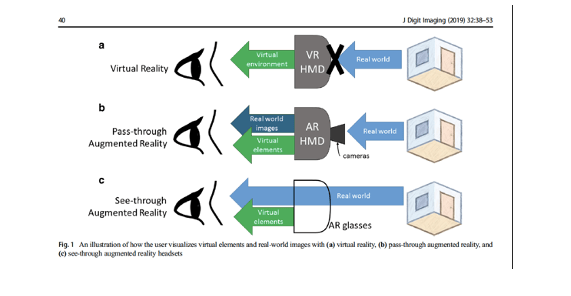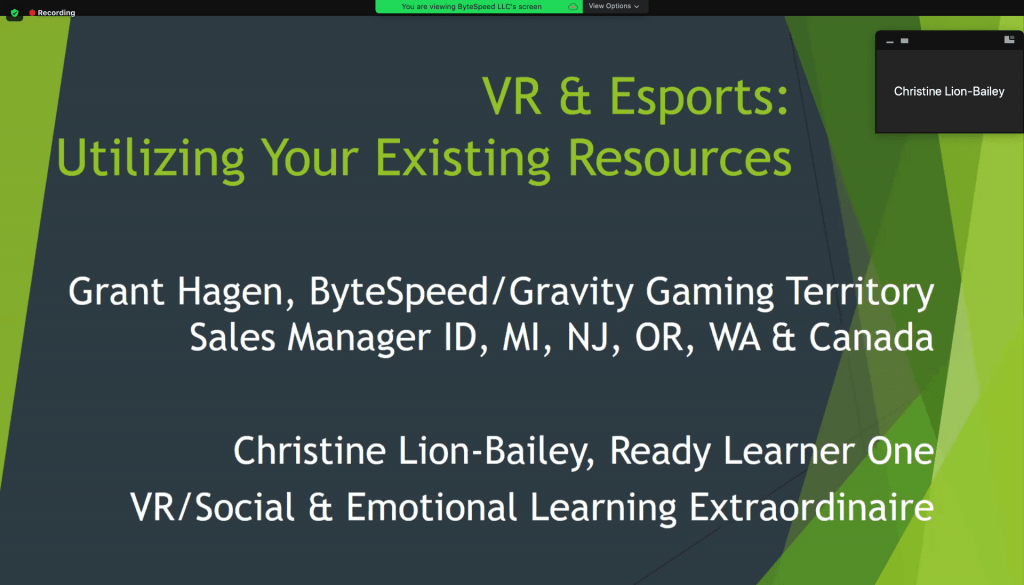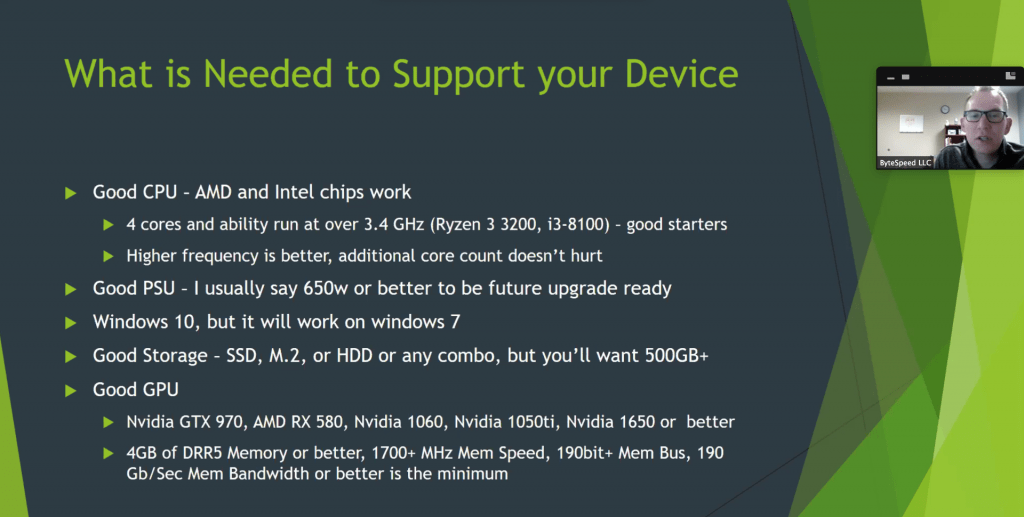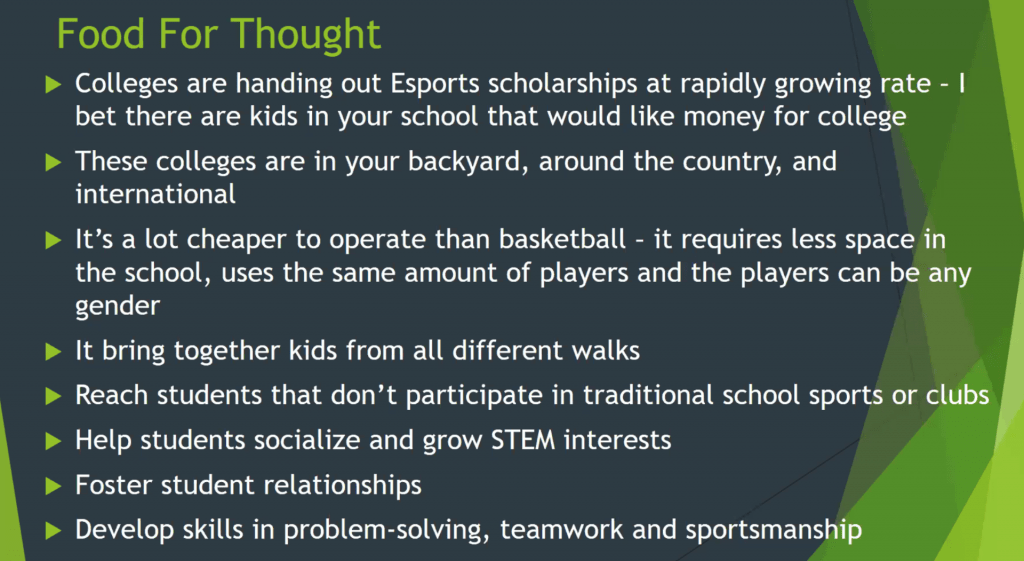Radianti, J., Majchrzak, T. A., Fromm, J., & Wohlgenannt, I. (2020). A systematic review of immersive virtual reality applications for higher education: Design elements, lessons learned, and research agenda. Computers & Education, 147, 103778. https://doi.org/10.1016/j.compedu.2019.103778
p. 3
2.2. Learning paradigms
An understanding of the existing learning paradigms is essential for performing an analysis of the current state of VR applications in higher education. Thus, we introduce the main ideas behind the existing learning paradigms. Literature distinguishes between behaviorism, cognitivism, and constructivism (Schunk, 2012). Other scholars also include experiential learning (Kolb & Kolb, 2012) to this list and, recently, connectivism has been introduced as a new learning paradigm (Kathleen Dunaway, 2011; Siemens, 2014). Each learning paradigm has developed various theories about educational goals and outcomes (Schunk, 2012). Each of these theories also offers a different perspective on the learning goals, motivational process, learning performance, transfer of knowledge process, the role of emotions, and implications for the teaching methods.
Behaviorism assumes that knowledge is a repertoire of behavioral responses to environmental stimuli (Shuell, 1986; Skinner, 1989). Thus, learning is considered to be a passive absorption of a predefined body of knowledge by the learner. According to this paradigm, learning requires repetition and learning motivation is extrinsic, involving positive and negative reinforcement. The teacher serves as a role model who transfers the correct behavioral response.
Cognitivism understands the acquisition of knowledge systems as actively constructed by learners based on pre-existing prior knowledge structures. Hence, the proponents of cognitivism view learning as an active, constructive, and goal-oriented process, which involves active assimilation and accommodation of new information to an existing body of knowledge. The learning motivation is intrinsic and learners should be capable of defining their own goals and motivating themselves to learn. Learning is supported by providing an environment that encourages discovery and assimilation or accommodation of knowledge (Shuell, 1986),RN23. Cognitivism views learning as more complex cognitive processes such as thinking, problem-solving, verbal information, concept formation, and information processing. It addresses the issues of how information is received, organized, stored, and retrieved by the mind. Knowledge acquisition is a mental activity consisting of internal coding and structuring by the learner. Digital media, including VR-based learning can strengthen cognitivist learning design (Dede, 2008). Cognitive strategies such as schematic organization, analogical reasoning, and algorithmic problem solving will fit learning tasks requiring an increased level of processing, e.g. classifications, rule or procedural executions (Ertmer & Newby, 1993) and be supported by digital media (Dede, 2008).
Constructivism posits that learning is an active, constructive process. Learners serve as information constructors who actively construct their subjective representations and comprehensions of reality. New information is linked to the prior knowledge of each learner and, thus, mental representations are subjective (Fosnot, 2013; Fosnot & Perry, 1996). Therefore, constructivists argue that the instructional learning design has to provide macro and micro support to assist the learners in constructing their knowledge and engaging them for meaningful learning. The macro support tools include related cases, information resources, cognitive tools, conversation, and collaboration tools, and social or contextual support. A micro strategy makes use of multimedia and principles such as the spatial contiguity principle, coherence principle, modality principle, and redundancy principle to strengthen the learning process. VR-based learning fits the constructivist learning design (Lee & Wong, 2008; Sharma, Agada, & Ruffin, 2013). Constructivist strategies such as situated learning, cognitive apprenticeships, and social negotiation are appropriate for learning tasks demanding high levels of processing, for instance, heuristic problem solving, personal selection, and monitoring of cognitive strategies (Ertmer & Newby, 1993).
Experientialism describes learning as following a cycle of experiential stages, from concrete experience, observation and reflection, and abstract conceptualization to testing concepts in new situations. Experientialism adopts the constructivist’s point of view to some extent—e.g., that learning should be drawn from a learner’s personal experience. The teacher takes on the role of a facilitator to motivate learners to address the various stages of the learning cycle (Kolb & Kolb, 2012).
Connectivism takes into account the digital-age by assuming that people process information by forming connections. This newly introduced paradigm suggests that people do not stop learning after completing their formal education. They continue to search for and gain knowledge outside of traditional education channels, such as job skills, networking, experience, and access to information, by making use of new technology tools (Siemens, 2014).
Virtual Reality & Innovation
https://www.icrc.org/en/what-we-do/virtual-reality
mounting research suggests that gaming in immersive virtual environments can directly affect and impact regions of the brain responsible for memory, spatial orientation, information organizations, and fine motor skills.
the ICRC officially established its Virtual Reality Unit (VRU) to delve further into computer-generated environments as a way to educate, communicate and advocate respect for IHL.
By 2017, the VRU had amassed a library of virtual environments for FAS’ IHL training sessions but there was a desire within the VRU, as well as in FAS and ICRC’s Learning & Development, to develop more advanced VR opportunities for a wider audience.
A 2018 report researched global financial investment in XR and a 2019 meta-analysis consolidated global academic findings that used VR to measure behaviour.
December 2019 … the production of an XR Quick Start Guide in April 2020 which introduces ICRC staff to lessons learned and best practices for initiative development.
++++++++++
more on gaming in this IMS blog
https://blog.stcloudstate.edu/ims?s=gaming
and immersive learning
https://blog.stcloudstate.edu/ims?s=immersive+learning
For details, go here:
https://www.eventbrite.com/e/behind-the-scenes-with-microsoft-vr-in-the-wild-tickets-128181001827
Behind the Scenes: Microsoft’s Principal Researcher Eyal Ofek speaking about technical and social perspectives of XR
About this Event
The XR Bootcamp Open Lecture Series continues with Microsoft’s Principal Researcher Eyal Ofek!
Agenda:
Virtual Reality (VR) & Augmented reality (AR) pose challenges and opportunities from both a technical and social perspective. We could now have digital, and not physical objects change our understanding of the world around us. It is a unique opportunity to change reality as we sense it.
The Microsoft Researchers are looking for new possibilities to extend our abilities when we are not bound by our physical limitations, enabling superhuman abilities on one hand, and leveling the playfield for people with physical limitations.
Dr. Ofek will describe efforts to design VR & AR applications that will adjust according to the user’s uncontrolled environment, enabling a continuous use during work and leisure, over the large variance of environments. He will also review efforts to the extent the rendering to new capabilities such as haptic rendering.
His lecture will be followed by a Q&A session where you can ask all your questions about the topic.
Lead Instructors:
Eyal Ofek is a principal researcher at the Microsoft Research lab in Redmond, WA. His research interests include Augmented Reality (AR)/Virtual Reality (VR), Haptics, interactive projection mapping, and computer vision for human-computer interaction. He is also the Specialty Chief Editor of Frontiers in Virtual Reality, for the area of Haptics and an Assoc. Editor of IEEE Computer Graphics and Application (CG&A).
Prior to joining Microsoft Research, he obtained his Ph.D. at the Hebrew University of Jerusalem and has founded a couple of companies in computer graphics, including a successful drawing and photo editing application and developing the world’s first time-of-flight video cameras which was a basis for the HoloLens depth camera.
This event is part of the Global XR Bootcamp event:
The Global XR Bootcamp 2020 will be the biggest community-driven, FREE, online Virtual, Augmented and Mixed Reality event in the world! Join us on YouTube or AltspaceVR for a 24 hour live stream with over 50 high quality talks, panels and sessions. Meet your fellow XR enthousiasts in our Community Zone, and win amazing prizes – from vouchers to XR hardware.
++++++++++++++++++++
more on XR in this IMS blog
https://blog.stcloudstate.edu/ims?s=xr
https://www.cam.ac.uk/research/news/new-virtual-reality-software-allows-scientists-to-walk-inside-cells
he software, called vLUME, was created by scientists at the University of Cambridge and 3D image analysis software company Lume VR Ltd. It allows super-resolution microscopy data to be visualised and analysed in virtual reality, and can be used to study everything from individual proteins to entire cells. Details are published in the journal Nature Methods.
Super-resolution microscopy, which was awarded the Nobel Prize for Chemistry in 2014, makes it possible to obtain images at the nanoscale by using clever tricks of physics to get around the limits imposed by light diffraction. This has allowed researchers to observe molecular processes as they happen. However, a problem has been the lack of ways to visualise and analyse this data in three dimensions.
+++++++++++++
more on VR in this IMS blog
https://blog.stcloudstate.edu/ims?s=virtual+reality
https://medium.com/@segkrg/the-advantages-of-a-digital-twin-virtual-reality-campus-563b77c951cc
Consider these 10things that happen on a digital twin virtual reality campus that cannot happen in a real-world, physical campus:
- Expand a human organ and step inside it. (Here similar video with Mark Gill in the SCSU CAVE: https://youtu.be/EGbToEeoDlA?t=74)
- Step into a Star Trek-style transporter and beam up to a starship to learn astronomy on a space walk.
- Expand the dissectible pig to the size of a school bus and space-walk through the organs and cavities as you learn about anatomy.
- View a wooly mammoth skeleton and then step onto a time machine and go back in time 40,000 years to walk among a herd of wooly mammoths.
- Travel to the Great Wall of China, stand upon it and learn the history and engineering of this structure — all in the space of one class period.
- Select from the world’s greatest paintings and organize an exhibit in a museum — and let every student do this in their own way.
- Watch a video about dinosaurs and then watch as the dinosaurs walk out of the screen and into the middle of the classroom.
- Learn Spanish language and culture at the Pyramid of the Moon, rather than a four-walled classroom.
- Learn molecular biology by expanding molecules to the size of a basketball.
- Gain a greater understanding of history by stepping back in time to the Roman Colosseum and touring it as a class just as it stood 2500 years ago.
++++++++++++
more on digital worlds in this IMS blog
https://blog.stcloudstate.edu/ims?s=virtual+worlds



